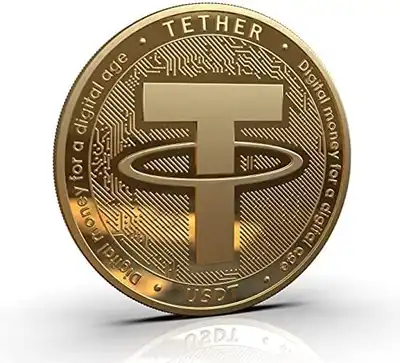In the ever-changing world of cryptocurrencies, stablecoins like Tether (USDT) have become a game-changer, offering stability amidst the roller-coaster ride of crypto markets. USDT, a stablecoin pegged to fiat currencies like the US Dollar (USD), has gained immense popularity in the digital asset market. A big reason behind its smooth operation and user trust lies in the use of smart contracts. In this blog post, let’s take a closer look at how these nifty bits of code, called smart contracts, play a crucial role in USDT transactions, making them secure, transparent, and hassle-free for users like you and me.
- Issuing USDT the Smart Way
Smart contracts may sound fancy, but they’re not as complicated as they seem. When you want to get your hands on some USDT, the process is handled by smart contracts with predefined rules. When you send the equivalent amount of fiat currency to a specific Tether-controlled bank account, the smart contract springs into action. It automatically creates and sends the corresponding USDT tokens straight to your wallet. It’s like magic, but without the tricks!
- Keeping the Fiat Peg in Check
Trust is a big deal in the crypto world, and Tether has got it covered. The secret sauce lies in the pegging mechanism, where each USDT token is backed by an equal reserve of fiat currency. For instance, on the Omni Layer, a blockchain tech used by Tether, a smart contract makes sure that there’s always a 1:1 peg between Tether Omni tokens and the fiat currency held in reserve. So, you can rest easy, knowing that your USDT holds a real-world value, thanks to those smart contracts keeping everything in check.

- Smooth and Speedy Transactions
Waiting around for transactions to go through can be a real drag. But smart contracts have swooped in to save the day. By automating the process, these smart contracts make USDT transactions quick and cost-effective. Plus, you can wave goodbye to those pesky errors that might creep in when humans get involved. With smart contracts, everything is crystal clear, and you can see your USDT move seamlessly from one wallet to another.
- Making Friends with Other Blockchains
Tether is spreading its wings across various blockchain platforms like Ethereum and Tron, and smart contracts are the glue that holds it all together. For example, on Ethereum, Tether embraces the ERC-20 standard. This magic enables Tether ERC20 tokens to dance gracefully with other ERC-20 tokens, promoting better liquidity and letting USDT join the party in various decentralized applications (DApps) and decentralized exchanges (DEXs).
- Trustworthy Escrow Services, No Strings Attached
Picture this: you want to buy something using USDT in a peer-to-peer transaction. But you’re a little worried about getting scammed. Enter smart contracts to the rescue! They can set up a trustless escrow service, holding the USDT tokens until certain conditions are met, like confirming that you received what you paid for. Once everything checks out, the smart contract automatically releases the USDT to the seller, and everyone’s happy.




